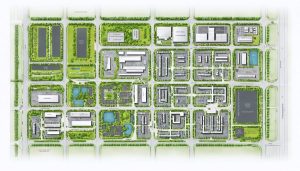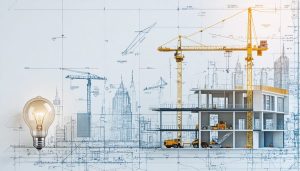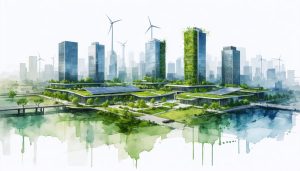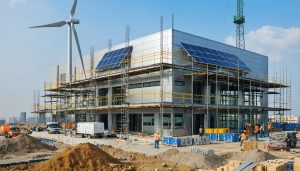
Construction Data Privacy Laws Are Changing: What Your Firm Must Know Now
Data privacy regulations demand immediate attention from construction firms handling sensitive project information, client data, and employee records. The California Consumer Privacy Act (CCPA) and emerging state-level regulations now mandate strict controls over personal data collection, storage, and sharing – with penalties reaching up to $7,500 per intentional violation.
For construction companies operating across multiple states, compliance requires implementing robust data protection frameworks that address both current and upcoming requirements. Project management platforms, BIM collaboration tools, and digital …









